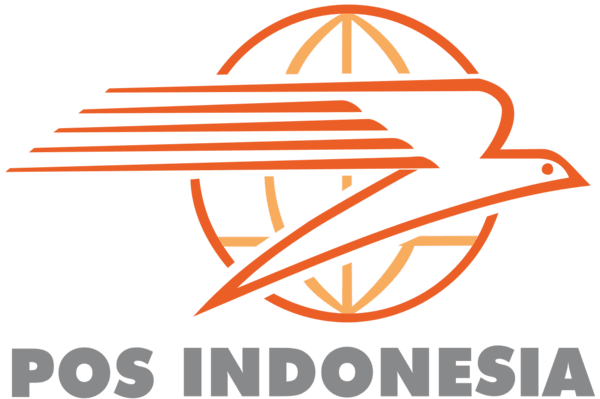
Hanjuang (Cordyline fruticosa), also known as the ti plant, is a tropical plant popular for its ornamental value and various traditional uses. The journey of hanjuang from cultivation to export involves several steps, each requiring careful attention to ensure the plant's health and quality.
1. Cultivation
Climate and Soil Requirements
Hanjuang thrives in tropical and subtropical climates with high humidity and temperatures ranging from 20°C to 30°C (68°F to 86°F). It prefers well-drained, fertile soil rich in organic matter. The ideal pH range for the soil is between 5.5 and 6.5.
Propagation
The most common methods of propagating hanjuang are through cuttings and division:
- Cuttings: Healthy stems are cut into 15-20 cm (6-8 inches) sections and planted in a growing medium. They require consistent moisture and partial shade until they develop roots.
- Division: Established plants can be divided at the root to create new plants. This method ensures genetic consistency and robust growth.
2. Growing and Maintenance
Planting
Young hanjuang plants are transferred to the field or larger pots once they have established roots. They should be spaced at least 60 cm (24 inches) apart to allow for proper growth and air circulation.
Watering
Consistent watering is crucial, especially during the establishment phase. Hanjuang plants require regular watering but should not be waterlogged. Drip irrigation systems are effective in maintaining optimal moisture levels.
Fertilization
Regular fertilization promotes healthy growth. A balanced fertilizer with a ratio of 10-10-10 (N-P-K) can be applied every two to three months. Organic compost can also be added to improve soil fertility.
Pest and Disease Management
Hanjuang is relatively resistant to pests and diseases. However, common issues include aphids, spider mites, and fungal infections. Regular monitoring and appropriate treatment with organic or chemical controls are essential.
3. Harvesting
Hanjuang leaves and stems can be harvested year-round, depending on the intended use. For ornamental purposes, leaves should be harvested when they are mature and vibrant. For traditional uses, the timing of the harvest may vary based on specific requirements.
4. Processing for Export
Cleaning and Sorting
After harvesting, hanjuang leaves and stems are cleaned to remove dirt and debris. They are then sorted based on size, color, and quality. Only the best specimens are selected for export.
Packaging
Proper packaging is crucial to maintain the freshness and quality of hanjuang during transit. Leaves and stems are carefully bundled and wrapped in moisture-retentive materials. They are then packed in ventilated boxes or crates to prevent damage.
Labeling and Documentation
Each package is labeled with relevant information, including the species name, quantity, and country of origin. Necessary export documentation, such as phytosanitary certificates, is obtained to comply with international regulations.
5. Export and Distribution
Shipping
Hanjuang is usually exported via air or sea freight, depending on the destination and urgency. Temperature and humidity control during transit are essential to ensure the plants arrive in optimal condition.
Customs and Import Regulations
Exporters must be aware of the import regulations of the destination country. This includes compliance with phytosanitary requirements, tariffs, and other import restrictions.
Market Distribution
Upon arrival, the hanjuang plants are distributed to wholesalers, retailers, and end consumers. Proper marketing and promotion can enhance the plant's appeal in international markets.
The successful export of hanjuang requires meticulous planning and execution at every stage, from cultivation to market distribution. By adhering to best practices and international standards, growers can ensure that their hanjuang plants are well-received and appreciated in global markets.







